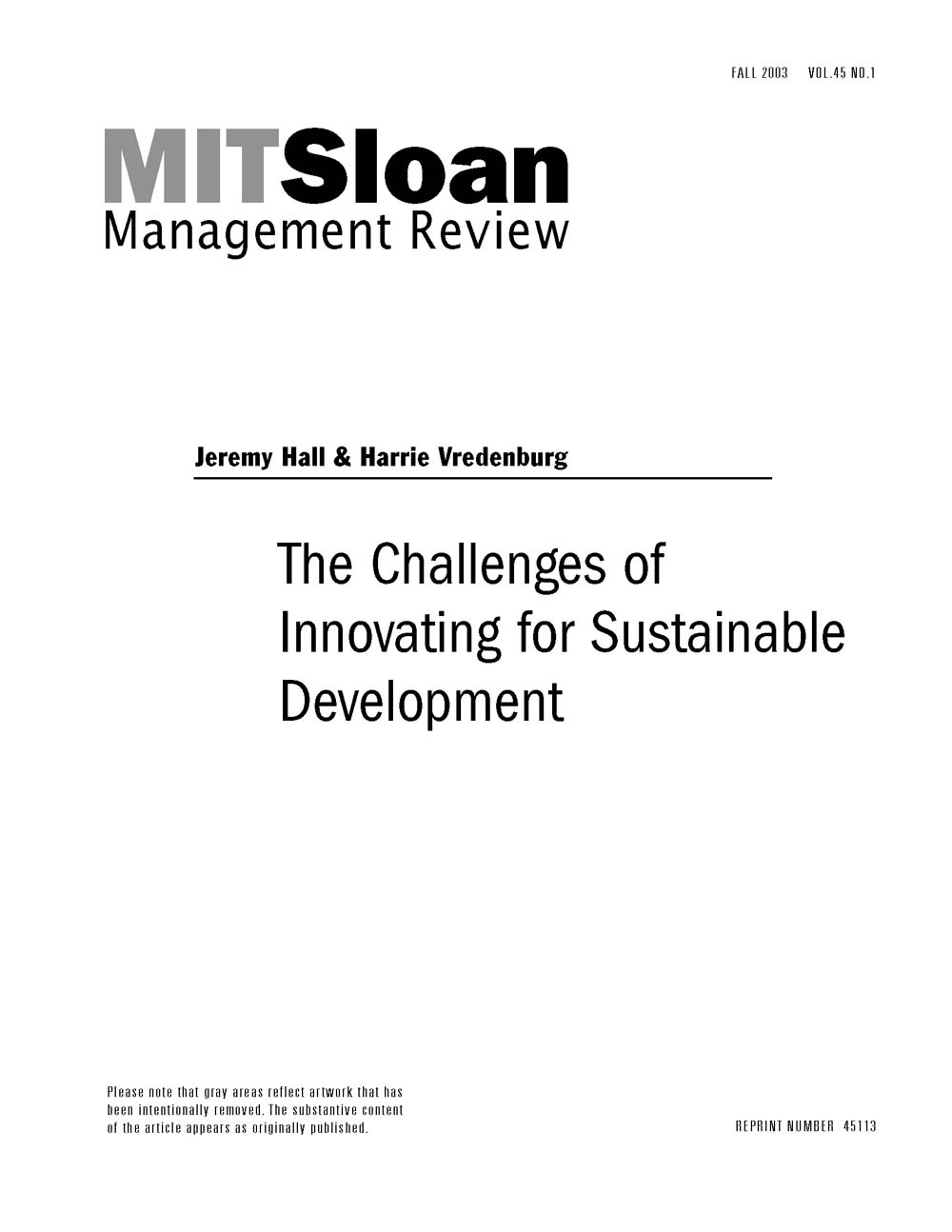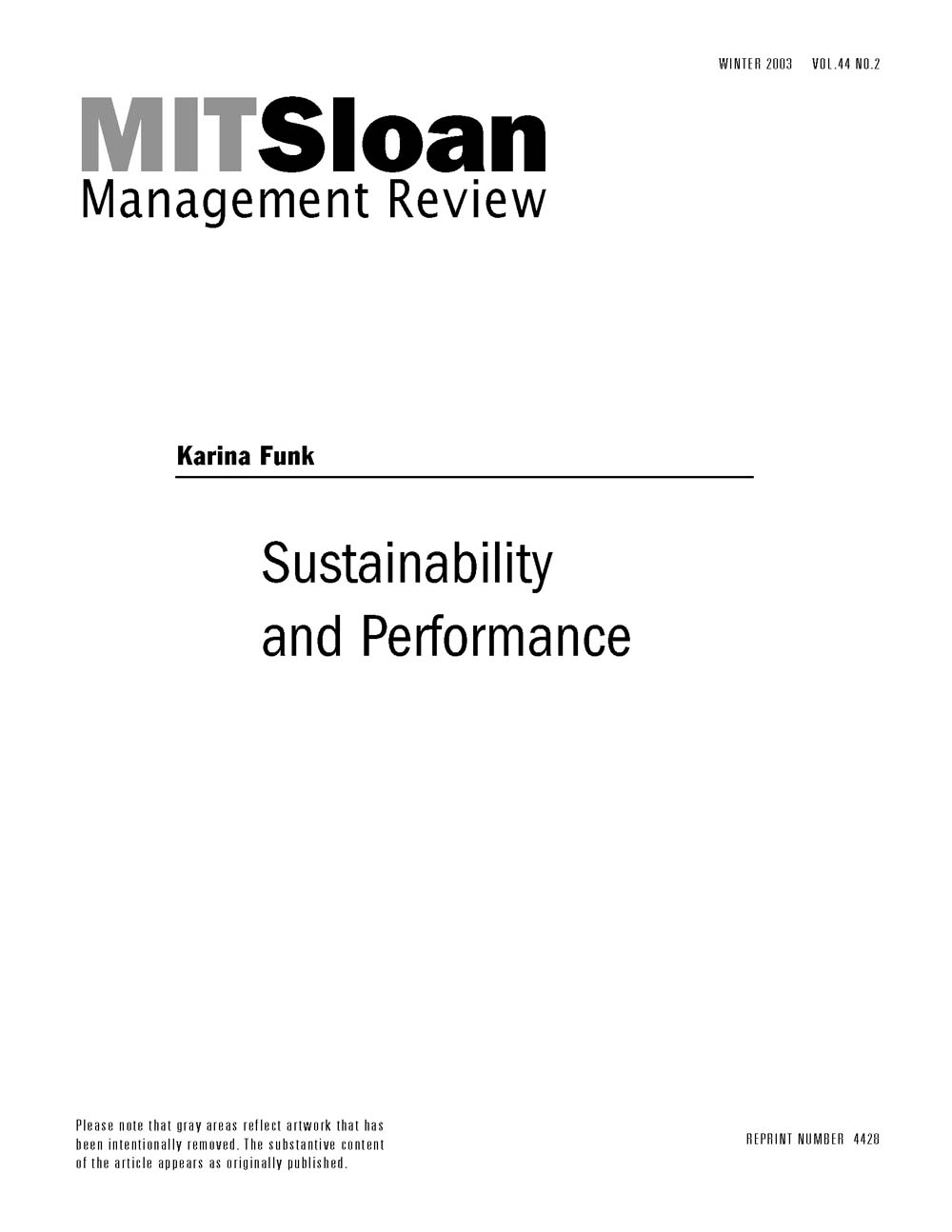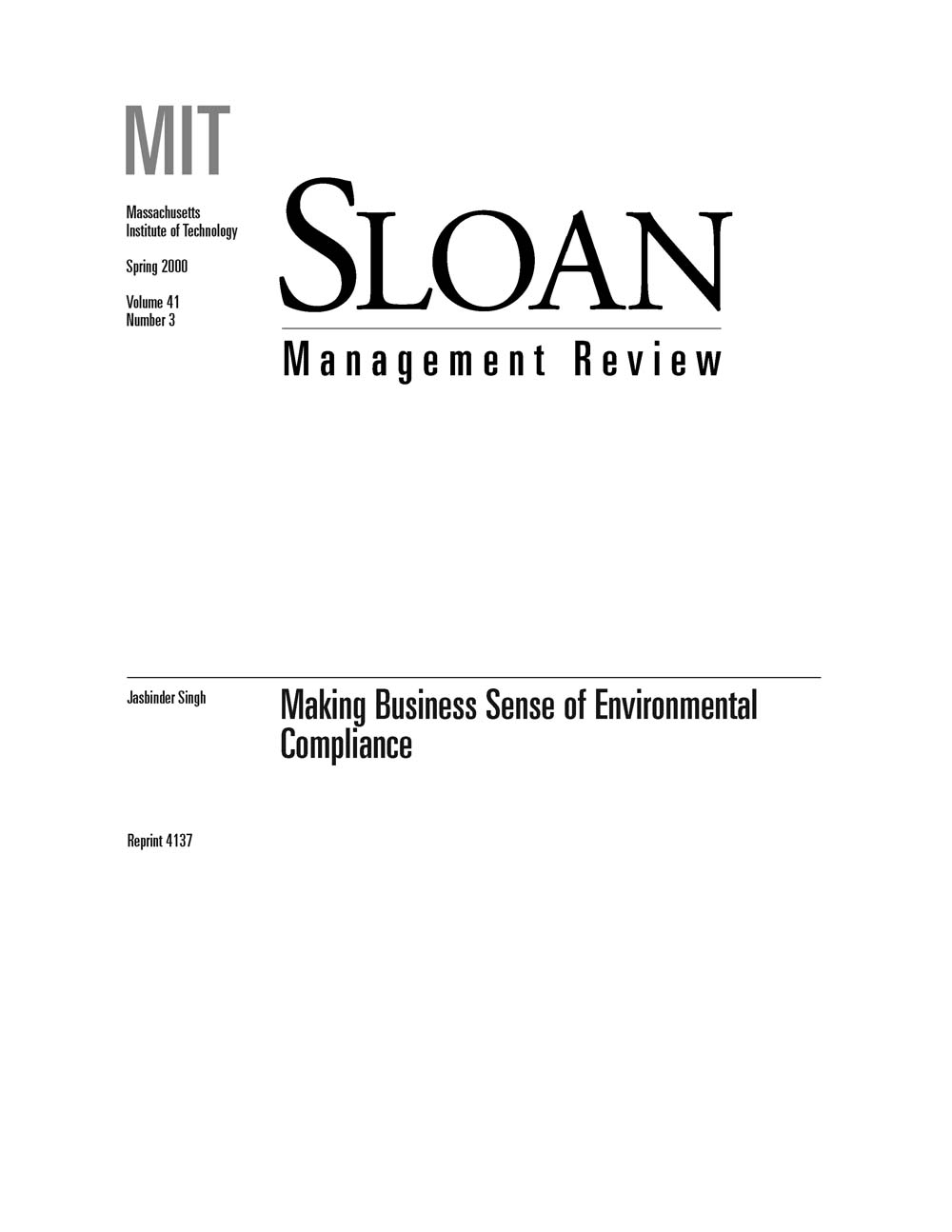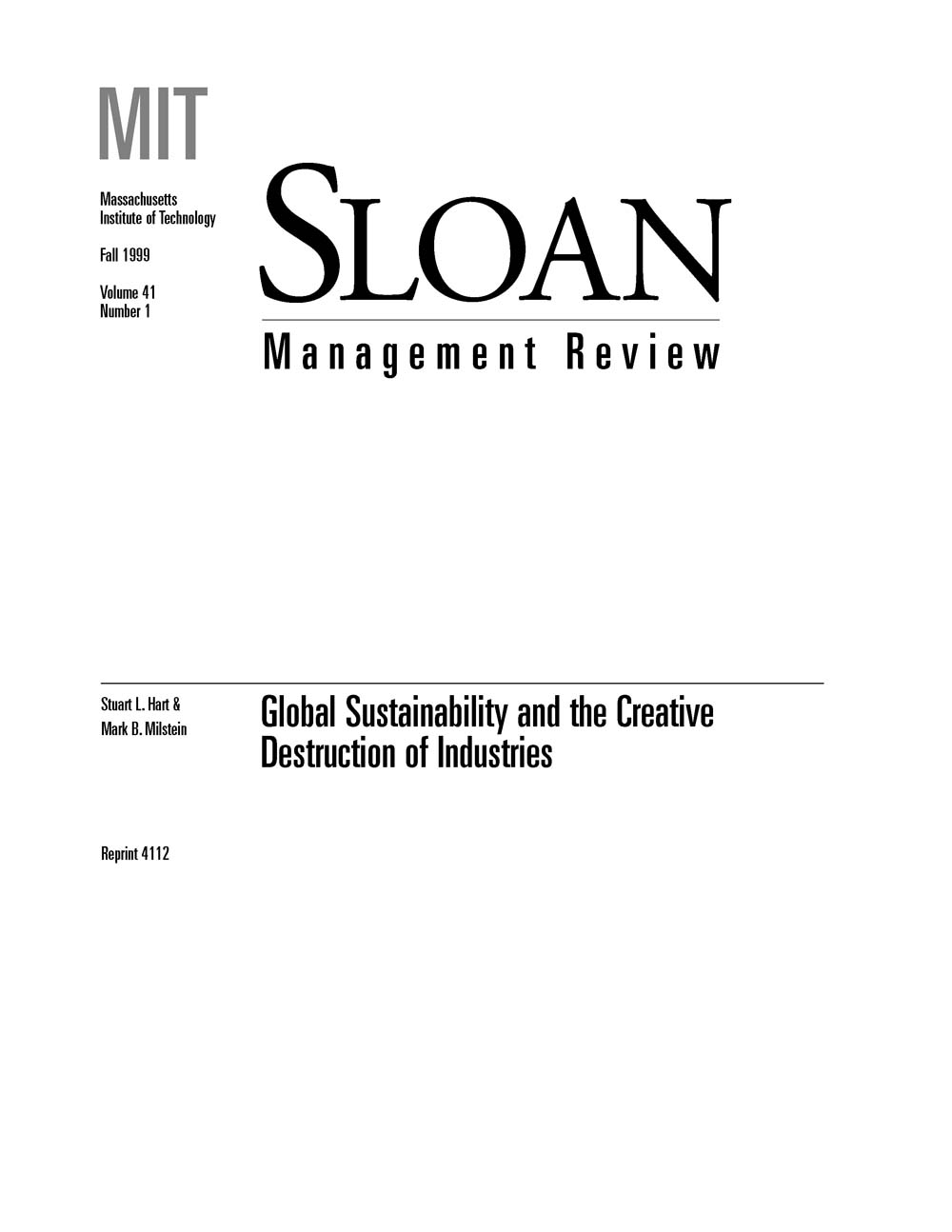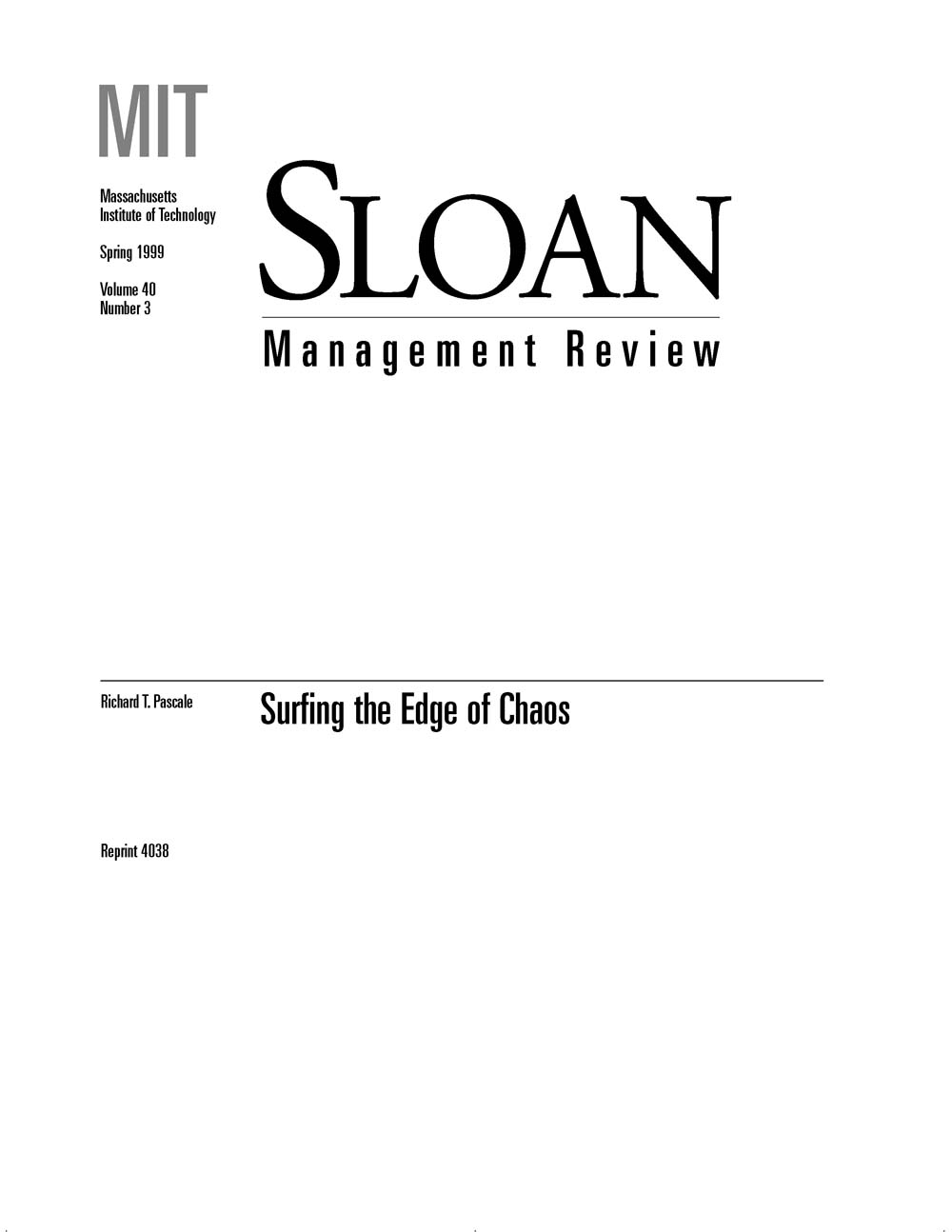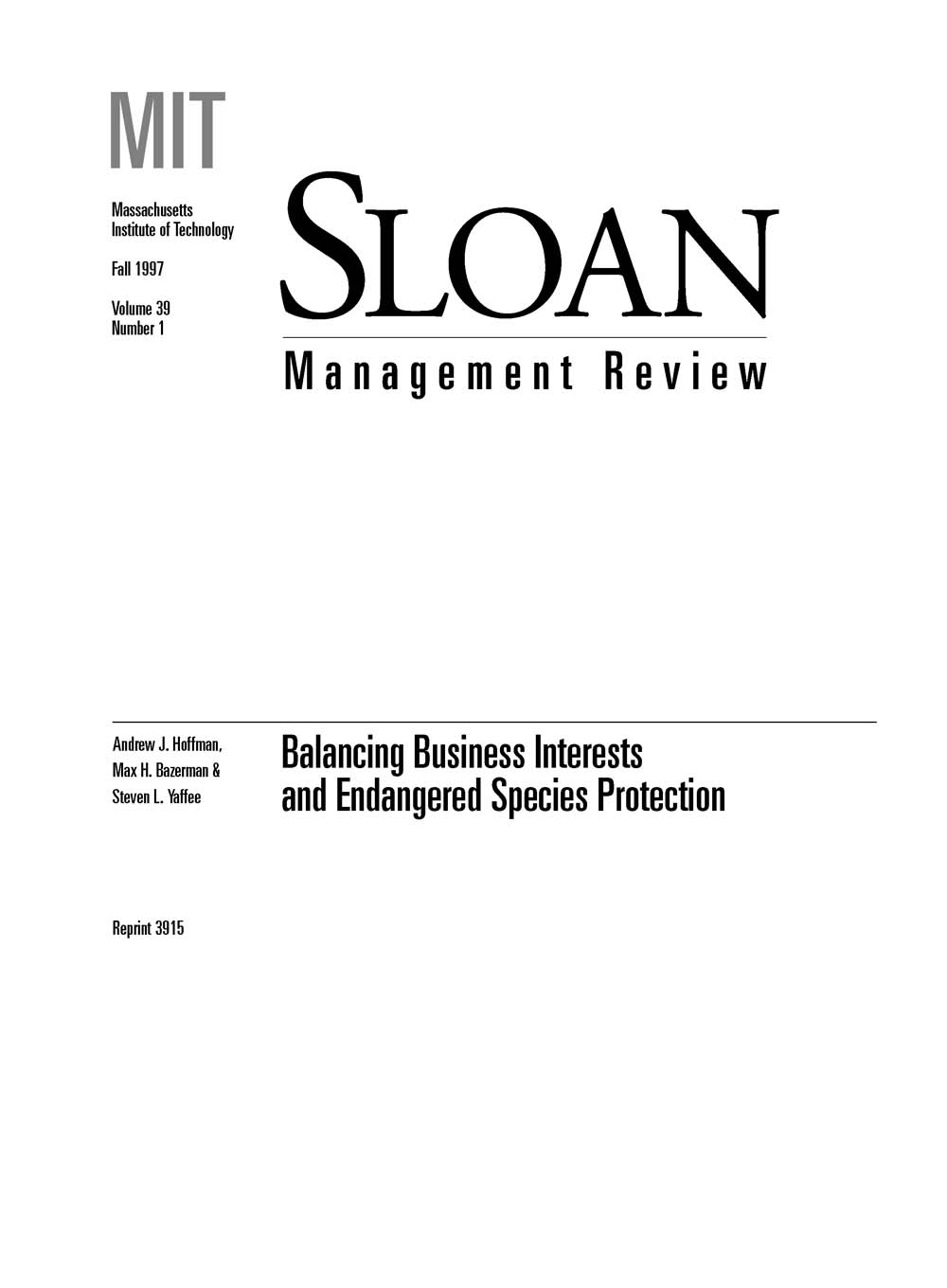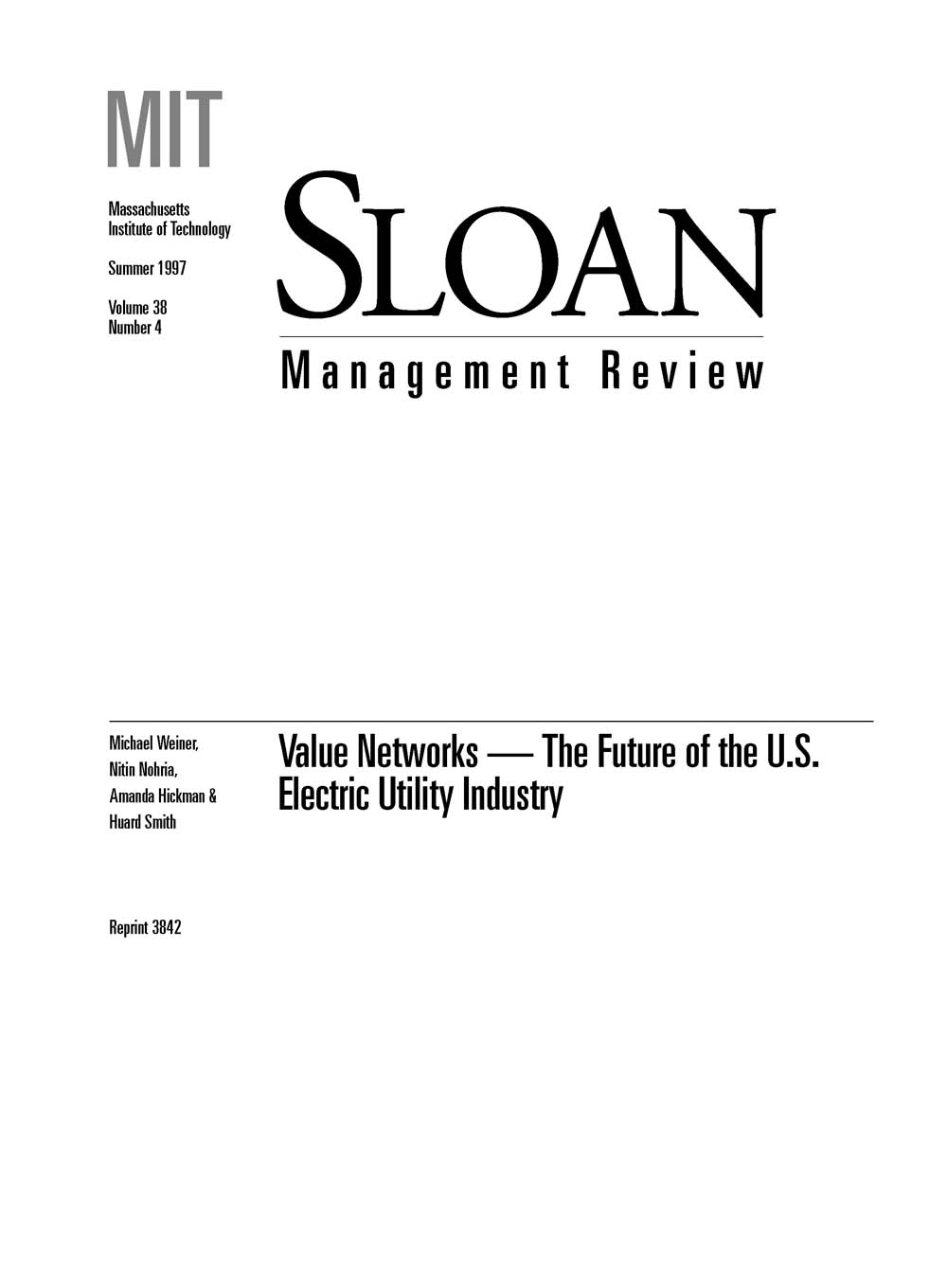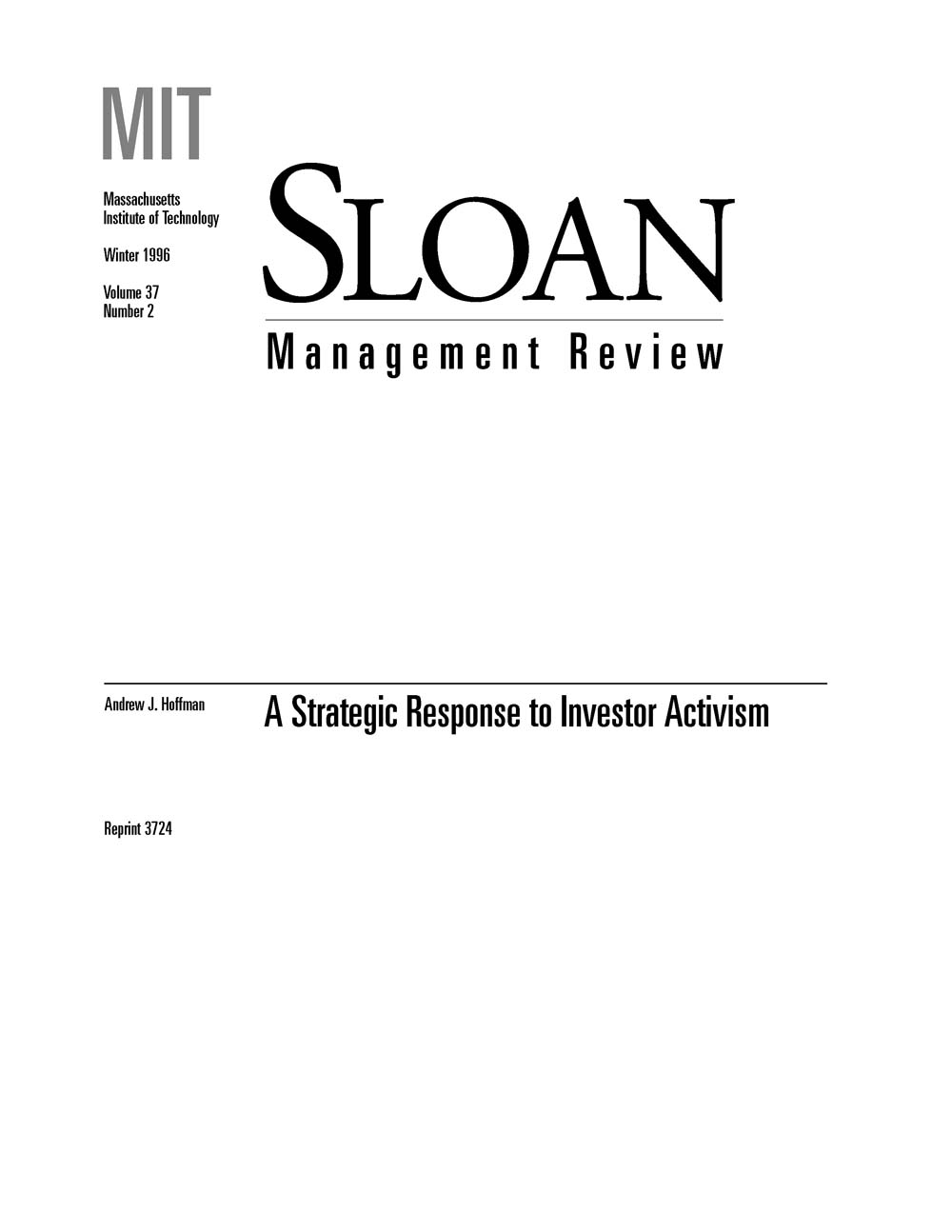Over the past decade, companies have become increasingly aware of the social and environmental pressures facing business. Many management scholars and consultants have argued that these new demands offer terrific opportunities for progressive organizations, and innovation is one of the primary means by which companies can achieve sustainable growth. But, say the authors, the reality is that managers have had considerable difficulty dealing with sustainable-development pressures. Specifically, their innovation strategies are often inadequate to accommodate the highly complex and uncertain nature of these new demands. In response, the authors propose the concept of sustainable-development innovation, or SDI. In contrast to conventional, market-driven innovation, SDI considers the added constraints of social and environmental pressures. SDI is therefore usually more complex, because there is typically a wider range of stakeholders, and more ambiguous, as many of the parties have contradictory demands. Furthermore, sustainable-development pressures can be driven by science that has yet to be accepted fully by the scientific, political and managerial communities. Organizations that fail to understand such issues could well find themselves making costly mistakes in bringing new technologies to market.
Social Responsibility
Page 14 of 14
-
Sustainability and Performance
With the economy and the equities markets increasingly unpredictable and faith in corporate governance in steep decline, it is not surprising that stakeholders of all types have growing interest in the sustainability of companies. Yet the word sustainability remains ambiguous and politically charged, particularly within the lexicon of business. When, as is commonly the case, the term is limited to encompass environmental management or social equity, sustainability is often perceived to be at odds with fiduciary responsibility and unlinked to business strategy. This article makes a business case for sustainability by adopting a broader view: A sustainable organization is one whose characteristics and actions are designed to lead to a desirable future state for all stakeholders. According to the author, intangible indicators that gauge sustainability also can be indicators of efficacy & #8212; that is, of how well a company is run & #8212; and companies that actively manage and respond to a wide range of such indicators are better able to create value for all stakeholders over the long term. Drawing on a number of studies, including Cap Gemini Ernst & ; Young’s formulation of its Value Creation Index, the author identifies a variety of intangible indicators, then suggests how they relate directly to sustainability and ultimately to company performance. The article concludes by sketching out the parameters of a company-level sustainability model that can be empirically tested and used to both manage operations and set strategy.
-
Making Business Sense of Environmental Compliance
Companies lose money because they treat pollution control and plant operations as separate concerns. But it costs less in the long run to make plant managers true partners.
-
Global Sustainability and the Creative Destruction of Industries
Most large corporations developed in an era of abundant raw materials, cheap energy, and limitless sinks for waste disposal. It has become increasingly clear that many technologies developed during this earlier period contribute to the destruction of the ecological systems on which the global economy depends. In the absence of dramatic change, few would dispute that the world is destined to devolve toward environmental degradation, social upheaval, and mass migration. Hart and Milstein argue that the emerging challenge of global sustainability will catalyze a new round of "creative destruction" that innovators and entrepreneurs will view as one of the biggest business opportunities in the history of commerce. In this article, the authors propose a framework to help managers look beyond continuous, incremental improvement of existing products and processes to see the business world differently and make sustainable opportunities more apparent. To better understand sustainability-driven creative destruction, managers must evaluate business opportunities on the basis of three types of markets or economies that exist in all countries or geographical regions: developed (nearly 1 billion global customers), emerging (estimated at roughly 2 billion people), and surviving (roughly half of humanity or 3 billion customers). The authors discuss the different strategies required to achieve sustainable development in each economy. To compete in the consumer economy, managers must focus on reducing the life-cycle ("cradle to grave") impacts -- that is, the "ecological footprint" of their firms' activities -- by reinventing their products and processes. The combination of large footprint and technological maturity widens the gap between price and life-cycle cost, producing the technological and environmental forces that drive creative destruction. Because it is unlikely that senior managers will commit resources without a clear understanding of how sustainability-driven creative destruction can improve a firm's economic payoff, the authors offer ideas for sustainability metrics tied to the three economies discussed and show how they relate to key business and financial payoffs. Managers who treat sustainable development as an opportunity will drive the creative destruction process and build the foundation to compete in the twenty-first century.
-
Surfing the Edge of Chaos
Every decade or two, a big idea in management thinking takes hold and becomes widely accepted. The next big idea must enable businesses to improve the hit rate of strategic initiatives and attain the level of renewal necessary for successful execution. Scientific research on complex adaptive systems has identified principles that apply to living things, from amoebae to organizations. Four principles in particular are relevant to new strategic work, as activities at Royal Dutch/Shell demonstrate: 1. Equilibrium equals death. The lure of equilibrium poses a constant danger to successful firms. In 1996, Shell was highly profitable, but fissures were forming below the surface. Downstream, Shell's oil products business faced grave competitive threats. Steve Miller, the business's group managing director and a student of complexity theory, recognized that to meet those threats, he would have to disturb equilibrium by bypassing the resistant bureaucracy and involving the front lines in renewal. By 1997, after a series of initiatives, Shell ranked first in share among major oil companies; by 1998, the business had made a contribution of more than $300 million to Shell's bottom line. 2. Complex adaptive systems exhibit the capacity of self-organization and emergent complexity. The living-systems approach focuses on the intelligence in the nodes. To tap the retailing potential of the forecourt of Shell's service stations, Miller drew on the insights of frontline troops. He assembled teams from operating companies around the world into "retailing boot camps," workshops for identifying and exploiting market opportunities. These generated many new ideas for beating the competition. 3. Complex adaptive systems move toward the edge of chaos when provoked by a complex task. Novelty emerges in the space between rigidity and randomness. At Shell, the coaching of country teams and the new project work that resulted led to a more direct, informal, and less hierarchical way of working. 4. One cannot direct a living system, only disturb it. Managers cannot assume that a particular input will produce a particular output. Miller has learned that "top-down strategies don't win ballgames. Experimentation, rapid learning, and seizing the momentum of success is the better approach." While leaders provide the vision and establish the context, solutions to ongoing challenges are generated by the people closest to the action.
-
Balancing Business Interests and Endangered Species Protection
Is it possible to protect the environment and foster economic growth at the same time? Yes, according to these authors, who call for cooperative ecosystem management that goes beyond the win-lose negotiations that plague most environmental debates. They advocate a balanced approach that considers environmental and development interests simultaneously. After an overview of the Endangered Species Act and the controversies surrounding its implementation, Hoffman et al. suggest the economic benefits that can be gained from protecting endangered species. For example, some pharmaceutical companies see nature as one large R&;D lab in which millions of years of evolution have developed new products for human use. Some plant materials and plant by-products are stronger and more lightweight than synthetic materials. Food and animal stocks rely on genetic diversity. Wetlands can serve as purification and detoxification systems. And an increasingly urban population is more interested in recreational use of land, rather than logging, mining, and grazing. On the other hand, say the authors, economics should not be the sole criterion for determining the merit of endangered species protection. By moving away from an extractive view of natural resources, we shift toward stewardship; a shift in mind-set is crucial in enhancing economic competitiveness rather than diminishing it. To improve the implementation of the ESA, the authors propose: 1. Promoting economic incentives by reforming tax codes, establishing special trust funds, swapping government land for more valuable private land, and charging land-use fees for hunting, fishing, hiking, and camping. 2. Reducing uncertainty for affected groups by establishing fixed time periods and streamlining ESA procedures. This involves generating more information about species and ecosystems, encouraging collaborative problem solving, and providing adequate resources for implementation. 3. Allocating adequate resources for implementation by ensuring funding for generating information and training personnel. 4. Involving stakeholders in decisions by forming advisory boards of affected, interested groups and ensuring negotiations through federal mandates. 5. Moving toward ecosystem management by making science-based decisions, involving stakeholders, articulating social values, and planning for the long term. A broad look at all aspects of ecosystem management -- economic, environmental, and political -- will foster environmental protection along with economic growth.
-
Value Networks -- The Future of the U.S. Electric Utility Industry
Electric utility companies will have to reinvent themselves to change from vertical to & #x201C;virtual” integration based on value networks segmented into six areas: generation, transmission, distribution, energy services, power markets, and IT products and services.
-
A Strategic Response to Investor Activism
How can a corporate executive balance social and economic pressures when social activists and corporate investors are the same people? This is the quandary Amoco Corporation faced when investors repeatedly filed proxy resolutions requesting adoption of the Valdez Principles, ten environmental principles developed by the Coalition for Environmentally Responsible Economies (CERES). The author describes the evolution of the relationship between CERES and Amoco. He shows how Amoco responded strategically to investor activism with corporate activism. He also discusses the three factors determining a company's response to investor activism: the firm's culture, the power and influence of the group filing the resolution, and the political climate in which the resolution is filed. Ultimately, responding to investor activism becomes an important aspect of integrating political strategy into competitive strategy.



